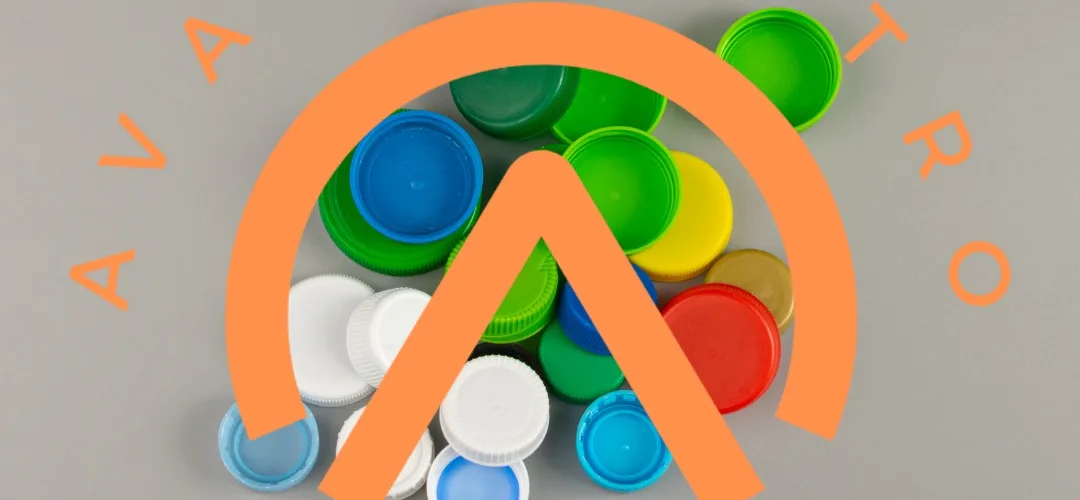Unveiling the Intricacies of Plastic Cover Production
In the realm of manufacturing, plastic cover production stands out as a meticulous and intricate process that plays a pivotal role in various industries. From protecting goods during transportation to serving as packaging for consumer products, plastic covers have become ubiquitous in our daily lives. In this comprehensive guide, we delve into the intricacies of how plastic cover production is accomplished, providing a detailed overview of the steps involved and the technologies employed.
Understanding the Raw Materials
The journey of plastic cover production commences with the careful selection of raw materials. High-quality plastic resins, often derived from petrochemical sources, form the foundation of these covers. These resins, commonly polyethylene or polypropylene, contribute to the durability and flexibility of the final product. The choice of raw materials is critical in determining the cover’s strength, transparency, and resistance to external factors.
Extrusion Process: Shaping the Future
The heart of plastic cover production lies in the extrusion process. This method involves the melting of plastic resins, followed by the extrusion of the molten material through a die to create a continuous profile. The resulting film is then cooled and solidified, forming the basis for various types of plastic covers. Advanced extrusion technologies enable manufacturers to control thickness, texture, and other essential characteristics, ensuring a tailored solution for diverse applications.
Advanced Extrusion Techniques
In the ever-evolving landscape of plastic production, cutting-edge extrusion techniques have emerged. Co-extrusion allows the combination of multiple layers of plastic with distinct properties, enhancing the overall performance of the cover. Additionally, blown film extrusion enables the creation of seamless, tubular films, offering versatility in design and application.
Thermoforming: Shaping Possibilities
Following extrusion, plastic covers undergo the transformative process of thermoforming. This technique involves heating the extruded film and shaping it using molds to achieve the desired form. Thermoforming not only imparts specific dimensions to the cover but also enhances its structural integrity. The ability to create intricate shapes and designs makes thermoforming a crucial step in the customization of plastic covers for diverse purposes.
Printing and Customization
As the plastic covers take shape, the next phase involves printing and customization. Manufacturers employ advanced printing technologies, such as flexographic or rotogravure printing, to add branding, product information, or aesthetic elements to the covers. This step not only serves functional purposes but also contributes to the visual appeal of the final product.
Quality Assurance: Ensuring Excellence
In the competitive landscape of plastic cover production, quality assurance is paramount. Rigorous testing procedures are implemented to assess factors like tensile strength, tear resistance, and adherence to specifications. Advanced quality control measures, including automated inspection systems, uphold industry standards and guarantee the durability and reliability of the produced plastic covers.
Eco-Friendly Innovations
In response to the global push for sustainable practices, the plastic cover production industry has embraced eco-friendly innovations. Manufacturers are exploring biodegradable materials and implementing recycling processes to reduce environmental impact. These initiatives align with the growing demand for sustainable packaging solutions, showcasing the industry’s commitment to balancing functionality with ecological responsibility.
Conclusion
In conclusion, the production of plastic covers is a multifaceted process that integrates cutting-edge technologies, precision, and a commitment to quality. From the selection of raw materials to the final stages of customization and quality assurance, each step contributes to the creation of covers that meet diverse needs across industries. As the industry continues to evolve, embracing eco-friendly practices and innovative technologies, the future of plastic cover production holds the promise of even more sustainable and efficient solutions.
Written by Emir Narin

